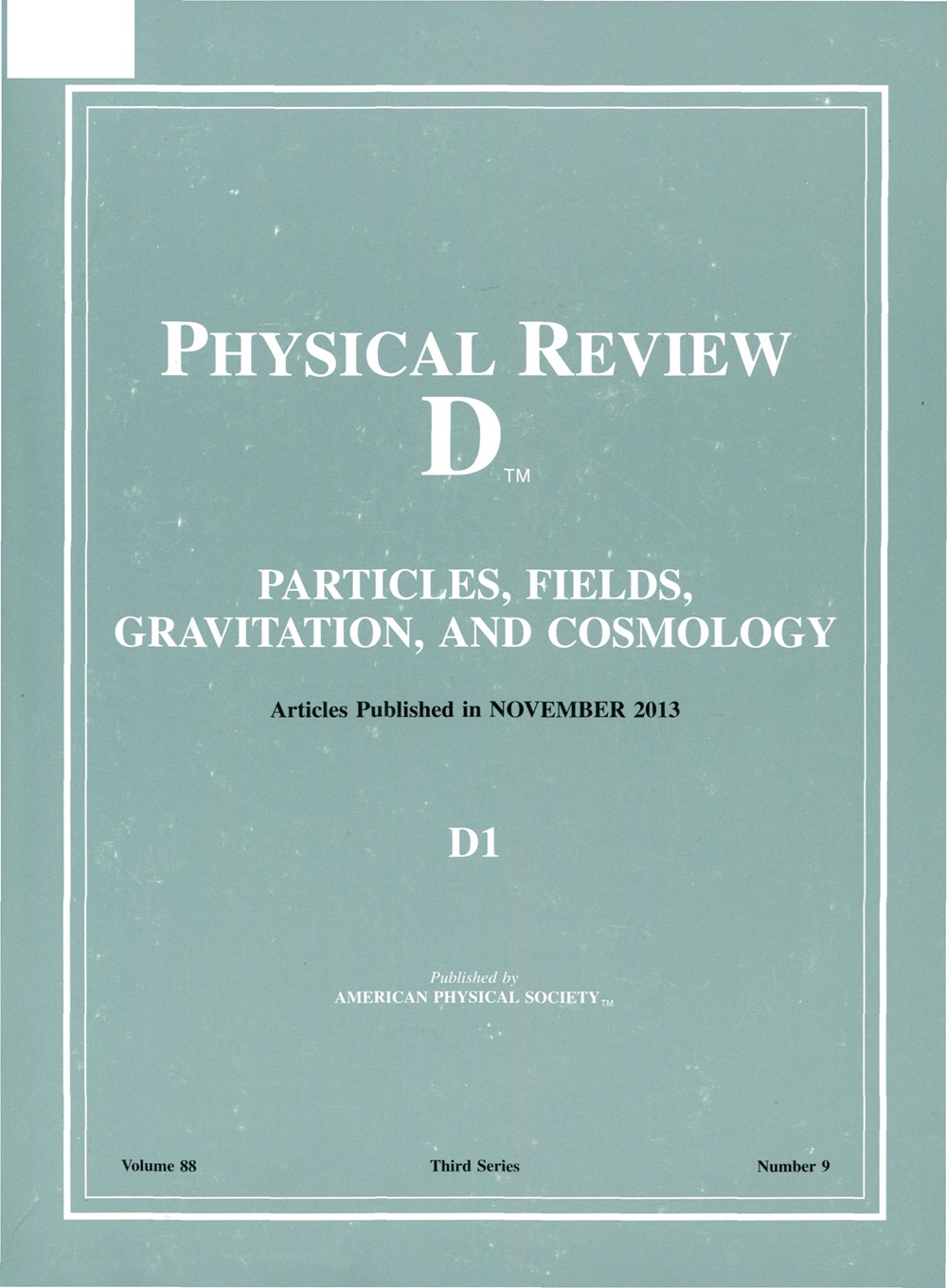用高斯过程加速LISA推理
IF 5.3
2区 物理与天体物理
Q1 Physics and Astronomy
引用次数: 0
摘要
在LISA中,确定性引力波的源推断是一项计算要求很高的任务。在一种新的方法中,我们研究了高斯过程学习后表面的能力,以重建单个信号的后验。我们使用GPry,它通过主动学习自动重建,使用非常少量的似然评估,而不需要预训练。我们通过在Balrog模拟的LISA噪声数据上分别注入三个信号,分别是白矮星双星(DWD)、恒星质量黑洞双星(stBHB)和超大质量黑洞双星(SMBHB),将GPry与先进的嵌套采样器进行基准测试。我们发现GPry需要更少的概率估计来达到与nesai相当的推理精度,DWD的Jensen-Shannon散度𝐷JS > 0.01, SMBHB的𝐷JS > 0.05。stBHB的高斯后验值越小,精度越低:𝐷JS≤0.2。尽管GPry有开销开销,但对于最慢的stBHB和SMBHB情况,我们获得了一个加速的状态为本文章由计算机程序翻译,如有差异,请以英文原文为准。
Accelerating LISA inference with Gaussian processes
Source inference for deterministic gravitational waves is a computationally demanding task in LISA. In a novel approach, we investigate the capability of Gaussian processes to learn the posterior surface in order to reconstruct individual signal posteriors. We use GPry, which automates this reconstruction through active learning, using a very small number of likelihood evaluations, without the need for pretraining. We benchmark GPry against the cutting-edge nested sampler nessai, by injecting individually three signals on LISA noisy data simulated with Balrog: a white dwarf binary (DWD), a stellar-mass black hole binary (stBHB), and a supermassive black hole binary (SMBHB). We find that GPry needs 𝒪(10−2) fewer likelihood evaluations to achieve an inference accuracy comparable to nessai, with Jensen-Shannon divergence 𝐷JS ≲0.01 for the DWD, and 𝐷JS ≲0.05 for the SMBHB. Lower accuracy is found for the less Gaussian posterior of the stBHB: 𝐷JS ≲0.2. Despite the overhead costs of GPry, we obtain a speedup of 𝒪(102) for the slowest cases of stBHB and SMBHB. In conclusion, active-learning Gaussian process frameworks show great potential for rapid LISA parameter inference, especially for costly likelihoods, enabling suppression of computational costs without the trade-off of approximations in the calculations.
求助全文
通过发布文献求助,成功后即可免费获取论文全文。
去求助
来源期刊

Physical Review D
物理-天文与天体物理
CiteScore
9.20
自引率
36.00%
发文量
0
审稿时长
2 months
期刊介绍:
Physical Review D (PRD) is a leading journal in elementary particle physics, field theory, gravitation, and cosmology and is one of the top-cited journals in high-energy physics.
PRD covers experimental and theoretical results in all aspects of particle physics, field theory, gravitation and cosmology, including:
Particle physics experiments,
Electroweak interactions,
Strong interactions,
Lattice field theories, lattice QCD,
Beyond the standard model physics,
Phenomenological aspects of field theory, general methods,
Gravity, cosmology, cosmic rays,
Astrophysics and astroparticle physics,
General relativity,
Formal aspects of field theory, field theory in curved space,
String theory, quantum gravity, gauge/gravity duality.
 求助内容:
求助内容: 应助结果提醒方式:
应助结果提醒方式:


